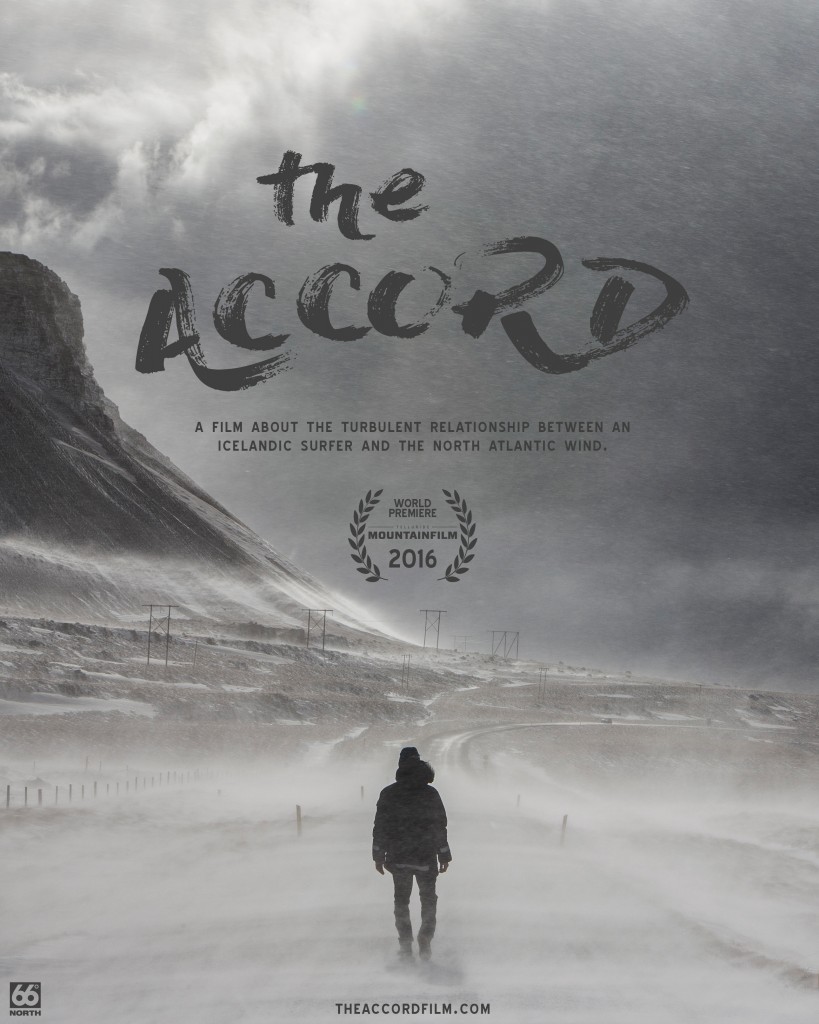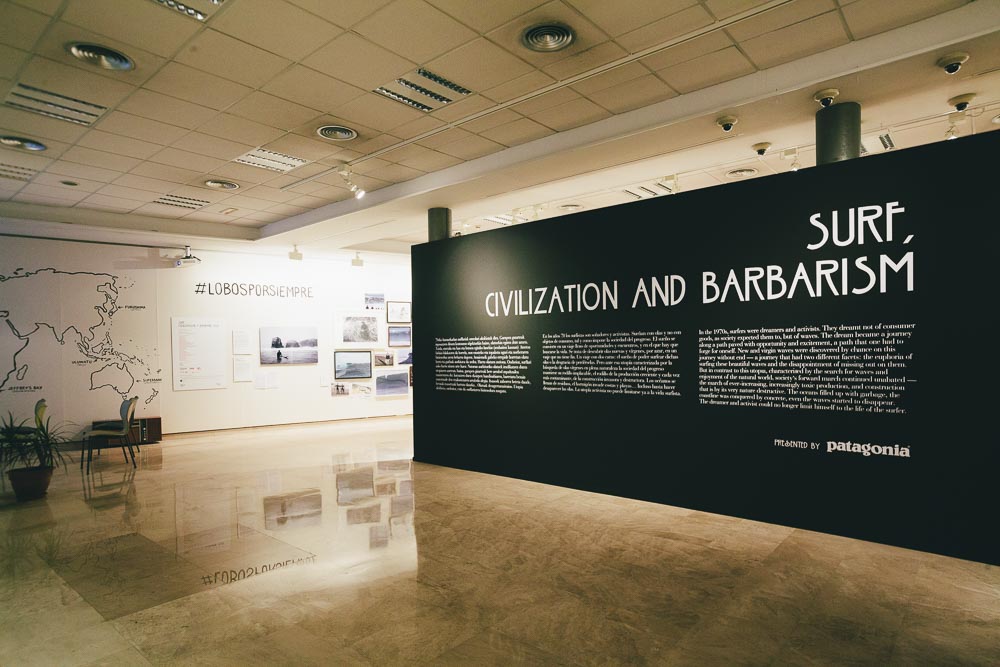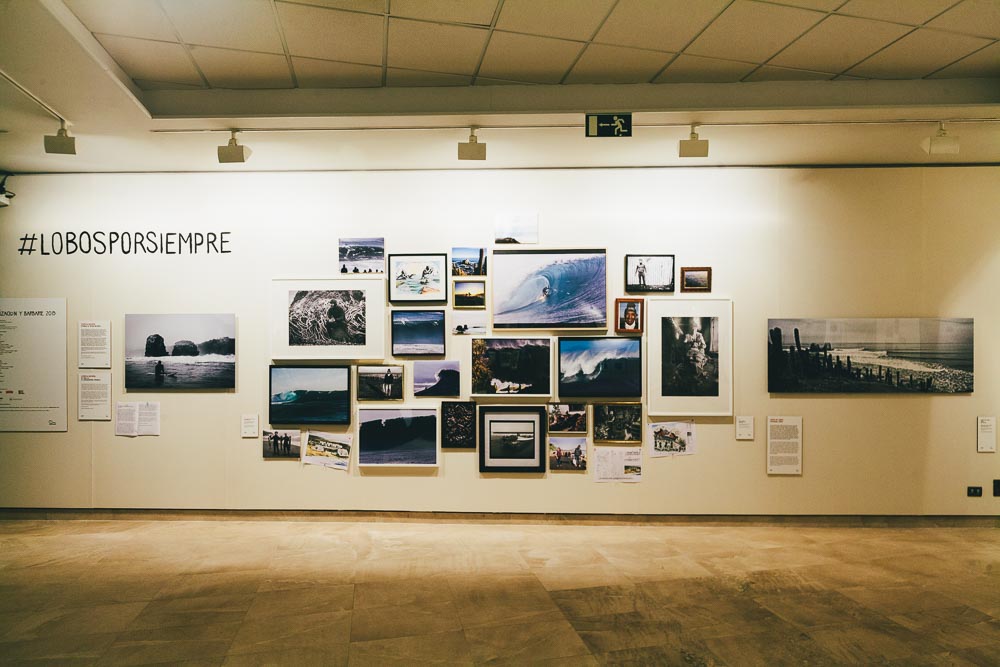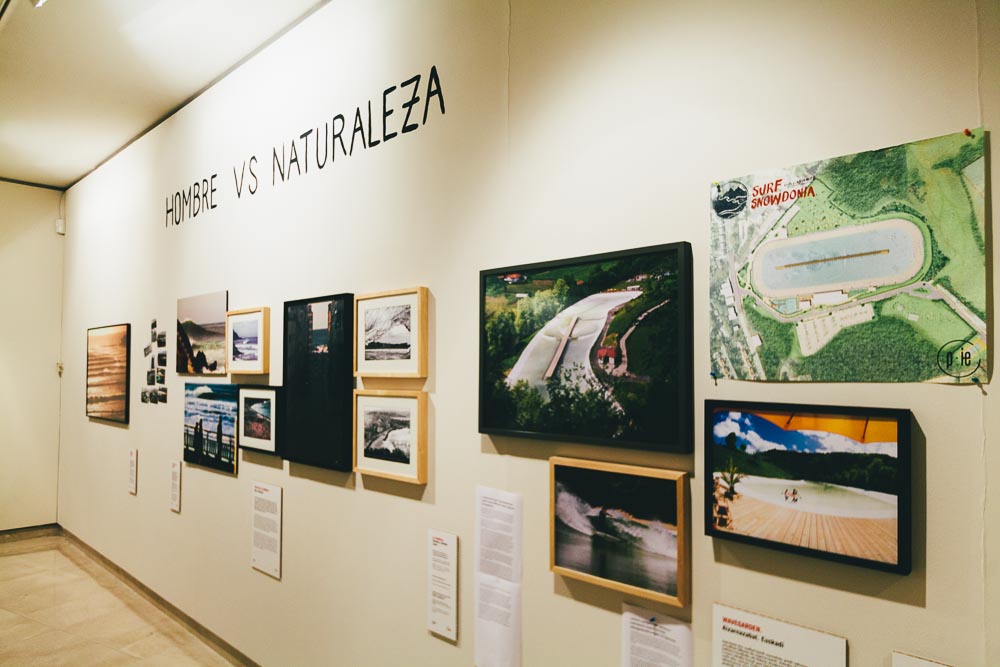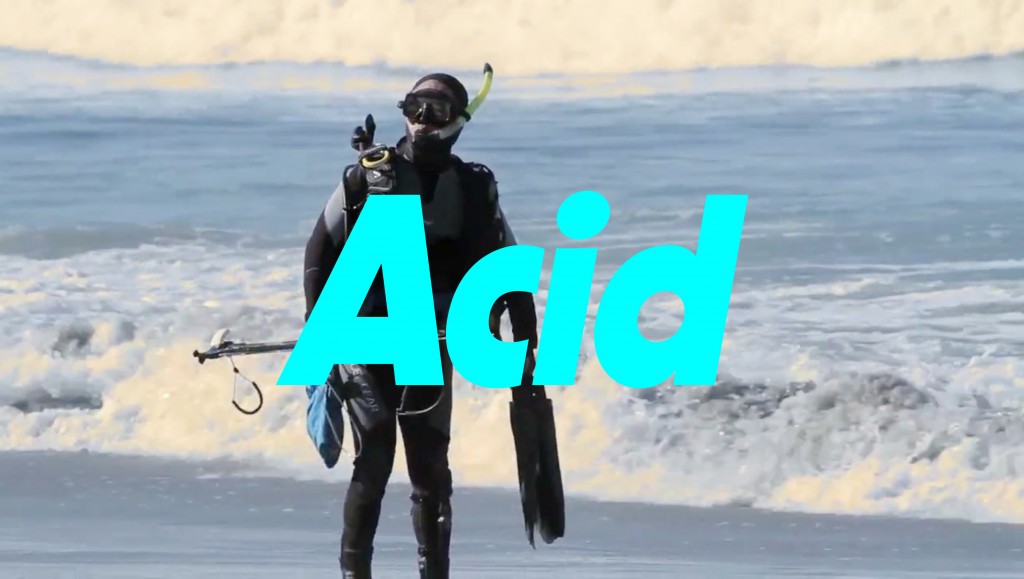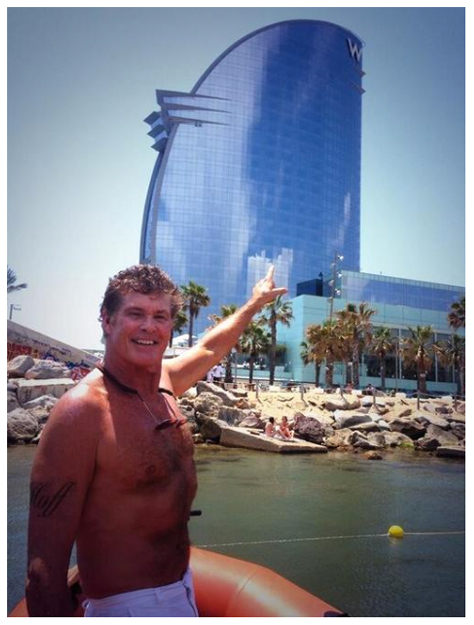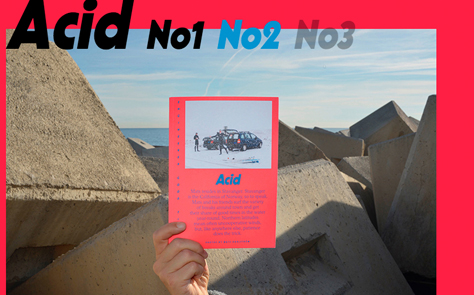How we have dealt with the information about the potentially harming for Mundaka beach restoring effort in Laida. May 2015
After reading with concern in the Correo of the 23.04.2015 the news about how the institutions were going to restore 10.000 / 20.000 square meters of beach in Laida, taking sand from the Mundaka sandbar, we started a plan to gather information.
After gathering all the info, talking to all the concerned institutions, regular surfers from Mundaka, scientists, we consider us surfers need to organize and create an active figure, committee representing anonymous surfers, surf clubs, local surf industry, european and global so that in any future intervention in any surf spot which can threaten its quality we can be present from the beginning to be part of the design of any works in order to protect our coastline and waves. Anybody who surfs, who has an interest on the environment, and wants to have a real effect on politics, being active members of our society, and not to be at the mercy of many times contradictory decisions made by politicians.
The problem we face is that waves have not any kind of legal figure of protection, they are not either monuments, natural landmarks, or wild life… surfing has to mature, and we need to be respected in our society… but maybe we need to have a surfer as “Lehendakari”, head of the Basque Government to be legit.
What we are living now with Mundaka, which is without doubt the most sensible wave in the Basque Country, it does´t matter if you never surf it, it does´t matter if you went once and you were snaked, or if you have experienced the tension felt many days in the line up. It doesn´t matter if you are from the village, from the Mundaka Surf Taldea, from Getxo, Algorta, Giputxi, if you are in the Federation or not. Every surfer needs to rally so the institutions feel we are behind them, taking care of our coastline, and that we represent thousands of persons, thousands of jobs in the surf industry, and that the eyes of the global surf community know and respect the Basque Country and that they will stand against any activity that can put in risk the few world class waves we´ve got.
We cannot do a technical judgement, neither we can determine if the undertaken project is going to affect the wave or not. But, with the experience of other past alterations on the sand system, the uncertainty created by the scientist in charge of the study of this intervention who cannot assure the wave won´t be affected, and simply by the pure logic of taking a mountain of 100 meters x 100 meters x 4 meters high of sand in front of the sandbar, we can only wait for the first swells of the season to see how the sandbar will be working.
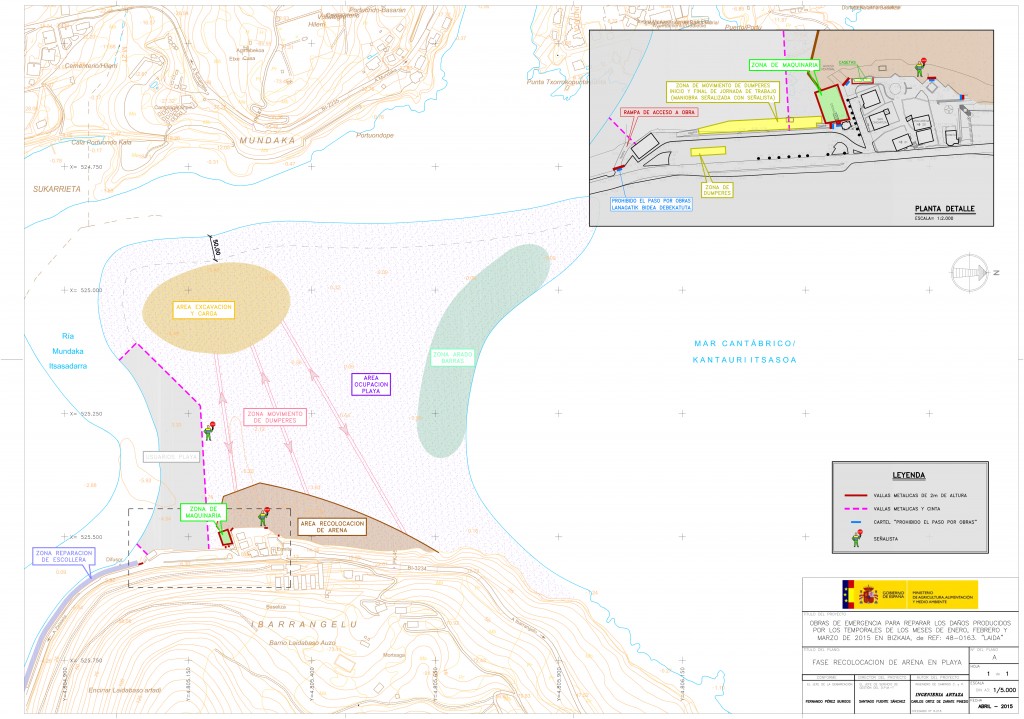
Until then, we can only do our homework, and work together to try to create a single, powerful voice representing the surf world in front of the institutions.
This is the chronology on how we´ve dealt with the crisis of the Laida rebuilding project:
After being sent the news appeared on El Correo Newspaper, I called a very known Mundaka surfer, who is very active in anything concerning Mundaka. He told he he went to a press conference in the Patronato de Urdaibai, alongside other members of the Mundaka Surf Taldea.
This press conference / meeting, was called by the Patronato de Urdabai (Institution taking care of the Reserve of the Biosphere declared by the UNESCO), and it´s objective was to explain why, how and when the sand movement was going to be undertaken. The institutions present were, AZTI, an investigation center in change of the technical study and of designing different methods of regaining dry sand for the beach of Laida, Diputación de Bizkaia and its environment department which is the Institution in charge of coordinating this kind of interventions in the province of Bizkaia, Gobierno Vasco (Environment and urbanism department) who were in charge of hiring Deloite & Touche, a consulting firm, to do an economical impact study of the beach of Laida.
From the information presented in this meeting, the resulting wrong media coverage, and the lack of active involvement of the surf community in the preliminary stages of the project, for sure there reasons for the alarm. Words of dredging 40.000 cubic meters of sand (a mountain of 100 meters x 100 meters x 4 meters high) that were going to be taken away in the “Intermareal zone (covered sand in high tide found between the wave sand bank and the beach). It was an “urgency” intervention that didn´t need an environmental impact study, and paid by a special fund dedicated to help restore disasters created in the coastline after the 2014 storms.
We started our work of looking for all the official information, technical studies, economical impact investigation, that were publicly available, to try to gauge if the sand movement could and would have an impact on the quality of the wave, and if, as some regular surfers were claiming, it was a flashback to 2003, and they were going to rebuild the huge dune of Laida that created havoc in the wave!
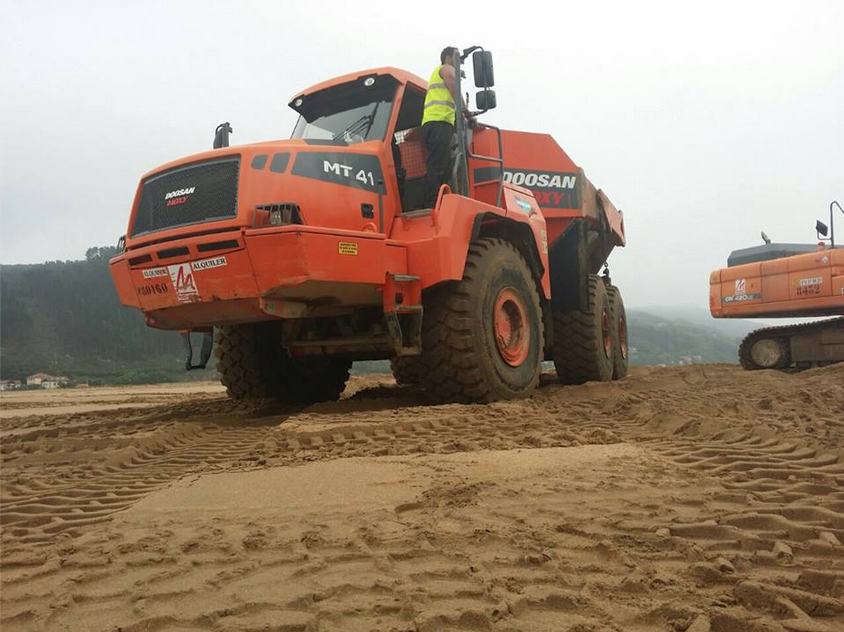
We called the Patronato de Urdaibia. Maybe we were too clear: “Hello, we want to ask for all the public information about the regeneration of the beach of Laida, we are really worried, and if it really puts in risk the wave, we are going to campaign against it and push a big world wide campaign in the surf community”.
The director of the Patronato was very kind, and she offered us all the contacts of the Institutions that were part of the project.
We called Costas de Bizkaia (Institution part of the Spanish Government that takes care of all the spanish littoral) asking for Santiago Fuentes, the technician in charge of the project. As he was not present, we requested the information about how the works were going to be done technically in Laida. The person who answered, told us that she would send it immediately after asking permission to mr. Fuentes. At noon, she called us pretty excited, telling us that we nearly got her in the morning, that all we wanted to do was a campaign against the project, and that I had tried to snake here. Of course, I excused myself if she thought I was lying to her, and I told her that we were looking for the information, and that if we considered after studying it the wave was in risk we would go strong with a full on campaign against it. She told us that they had considered the wave and its surfers, that we were really important for Mundaka, etc… She told us that they wanted to have a meeting with us at Laida, Thursday, may 7th. I told her that we were not a true representation of the surf community, that we would like to invite more people, the Mundaka Surf Taldea, the Basque Federation, a few longtime locals. They told us to come by ourselves, that it was us who had requested the information.
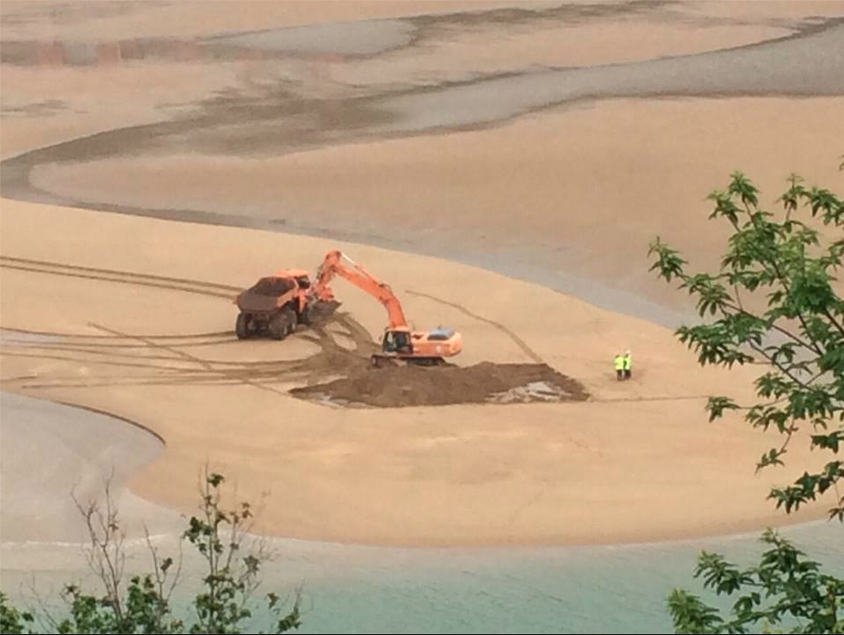
Next step was to contact the Basque Government (urbanism and environmental department) in order to request the economical impact study by Deloitte & Touche. They send it to us instantly. Even better, 2 hours later, the technician that had answered us, called us to try to set a meeting with the director of the department, and the director of the Environmental Department of the Diputación de Bizkaia.
There was no doubt that the institutions were starting to fear that their strategy was going to backfire thanks to the reaction of the surfing community, and that the intervention was gonna explode in their hands, this thanks to the fact that they had never taken into consideration the surf community in the preliminary phase of the project, and of course before the public announcement.
El martes 5 de mayo, 2 días antes de la reunión con Costas en Laida, recibo otra llamada de Costas. Nos cambian el planteamiento de reunión, nos convocan en el Patronato de Urdaibai, y nos comunican que en esta reunión también va a estar el Mundaka Surf Taldea.
Parallel to the request of information via the institutional channels, we contacted a good representation of regular surfers of Mundaka. Long time locals (from the village, expats, and from the Baque Country), the secretary of the Mundaka Surf Taldea, surfers from Gipuzkoa, from Algorta, Bilbao, anonymous surfers with 30 seasons in the line up, pros, unknown people, a pretty broad representation of legit surfers from Mundaka. We told them we thought we needed to do a collaborative group effort, trying to design a strategy on how to confront this delicate sand movement.
Meeting at the Patronato de Urdaibai: Thursday, may 7th. Reunión en el Patronato de Urdaibai.
Part takers:
1. Maria Uribe, General Deputy of Environment, Diputación de Bizkaia
2. Patricia Caviedes. Director of the Urdaibai Reserve Patronato
3. Santiago Fuentes. Technician in charge of the project. Bizkaia Coastal administration.
4. AZTI. a science and technology centre with specialized in oceanography: Pedro Liria y Eduardo Oleaga
The introduction of the presentation is by Maria Uribe, visibly pretty tense, explaining that the intervention is motivated and demanded by the town hall of Ibarrangelu (Laida is their beach) that will not have dry beach for the summer season of 2015, and will have big economic losses.
I replicate, telling that I think it is a mistake to have designed this sand movement that the public has know about on media without working in its design with surfers. That I understand that there is a conflict of interests, that different parts have to coexist, and that Ibarrangelu needs a dry beach. I tell her that we are not the enemy, having this impression by the defensive attitude of the deputy, that of course we cannot deny the economic impact the beach of Laida has and that the consulting firm Deloitte hired by the Basque Government has amounted to 4,8 million euros, but that I don´t think we have to confront this figure with the income generated by the wave of Mundaka versus the the income of the beach in Ibarrangelu. I explain that Mundaka is probably one of the biggest assets of the European Surf Industry, of all the basque surf industry, and if Mundaka was not a world class wave, the image of basque surfing would be greatly affected.
Santiago Fuentes from Costas department, explains that the crisis situation has been more than perfect, and of course the wave of Mundaka was taken into consideration. He explains that in 2014, after the huge winter storms, there were 59 interventions on the beaches of Bizkaia, and that Laida was speared not to affect the wave!!
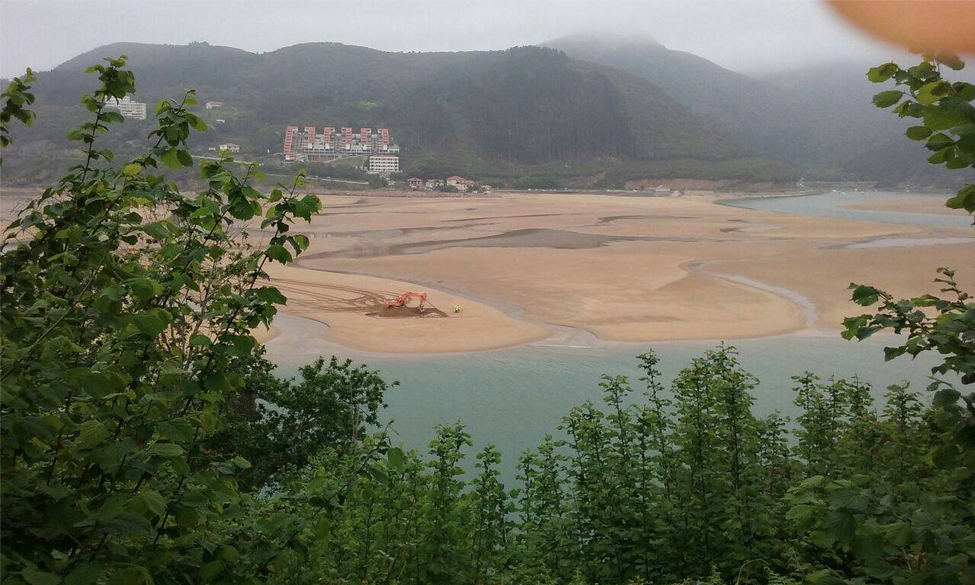
Then starts the presentation by AZTI. Pedro Liria, great surfer, scientists working in AZTI, and probably the most informed researcher on the movements of the Urdabaia river mouth, and coastal system, is charged in doing the presentation. We were lucky to have him during Surfilmfestibal3 in 2006 to explain us the causes and results of the 2003 dredging. In this ocasion, we are confronted again with the historic movements of sand movements since 1950, 21 years previous to the first dredging of 1971. Since then, until 2003, there are different dredgings in the river mouth caused by the need of getting boats out of the Murueta shipyard, for the regeneration of the Laida beach in 1998/1999 when 96.000 cubic meters are dredged and used in the new beach.
Without doubt, nobody has studied with more depth the theory and movements of sand in the Estuary than AZTI. Studies based in the observation, comparison of the different states of the sand by aerial photos, via Kostasystem, where the different deposits of sand, meanders, can be studied.
To our question about the effects of the huge 2014 storms on the wave, and the bad quality of the surf in the fall of 2014, winter of 2015, the answer was that 2014 was very erosive, and the big sedimentation of sand still coming out of the dune created in 2003/2005.
Based on this know how, AZTI does different proposals for a solution. The first one is not to act, the second is to do a small intervention to restore access to the beach, and a small quantity of sand (5000 cubic meters), third is the reconstruction of an artificial dry sand beach, and fourth is to help the natural flow of sand from the north/east part of the beach up to the beach by plowing the sand with tractors so it is decompacted and moves easier to the dry sand of Laida. (We enclose the graphics that explain it). Anyway, they state that they are “soft” interventions that are reversible, that of course there is no talk about building break walls, or more aggressive works.
The study, ordered by the Bizkaia Deputy, is asked to be delivered urgently, 10 days earlier than the original date.
With these different alternatives, the Department of Costas decides to undertake the works with a combination of the third alternative, restoring between 10.000 and 20.000 square meters of sand (1 or 2 football fields), and the fourth plowing the northeastern part of the beach, under the Antxoras rocks.
We enclose the work plan presented by the Costas department on May 11th 2015. Santiago Fuentes told us that he would share every monday the work plan for the week while the works are on.
A nuestra pregunta, de que si sabían, pensaban, si esta intervención iba a afectar a la calidad de ola, su respuesta era que NO lo podían saber. Y desde nuestro punto de vista, es sin duda muy dificil que los científicos y técnicos puedan hacerlo. Les planteamos que sacar 40.000 metros cúbicos del sistema natural de sedimentación de la barra, en el que durante la primavera / verano, la arena sale de la ría y se deposita en la barra al haber pocas marejadas, y con la compactación debido al viento predominante del noroeste, si puede ser un problema. Su respuesta es que no lo podían asegurar. Pero que sin duda, si la barra no esta bien en el otoño de 2015, los surfistas les íbamos a echar la culpa a ellos.
To our question if they thought that this sand movement would affect the quality of the wave, they answered that they CANNOT know. From our perspective, it is very complicated that the scientists and researchers can know about it. We told them that removing 40.000 cubic meters from the natural system of sedimentation from the sandbar, that normally during spring and summer come out of the river mouth and deposit on the bank when there are no major swells, and its compactation on the bank helped by the northeast wind, yes can be a problem.
Their answer is that they cannot assure it. But that for sure, if the sand bank is not working good in fall 2015, everybody would blame them.
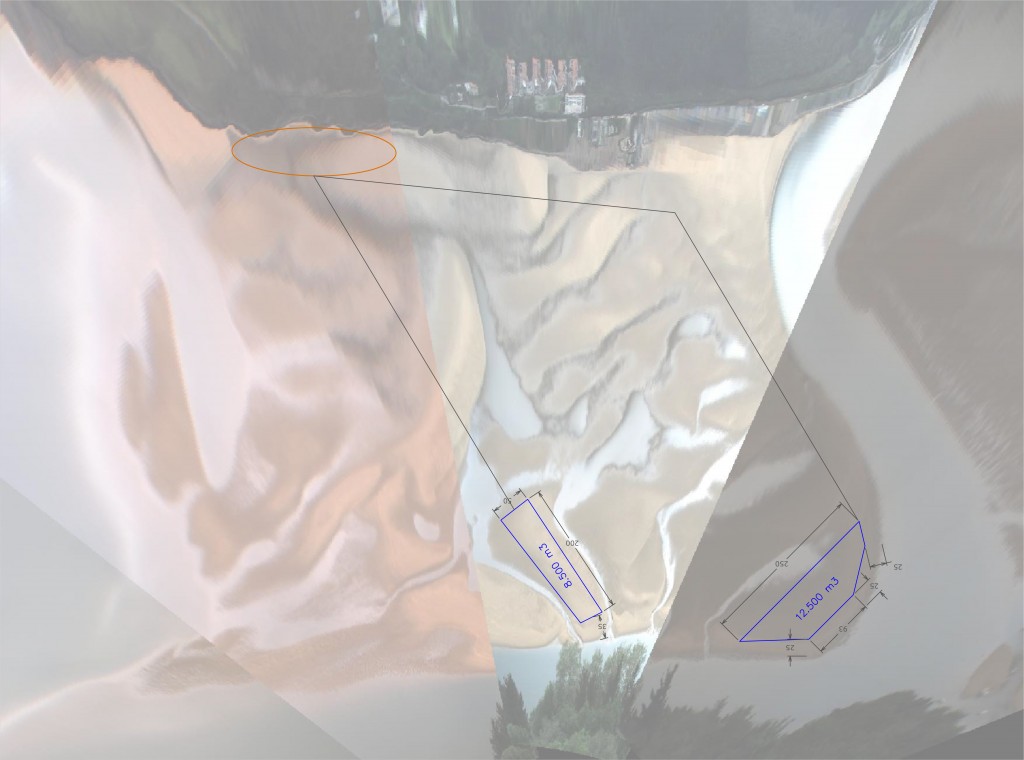
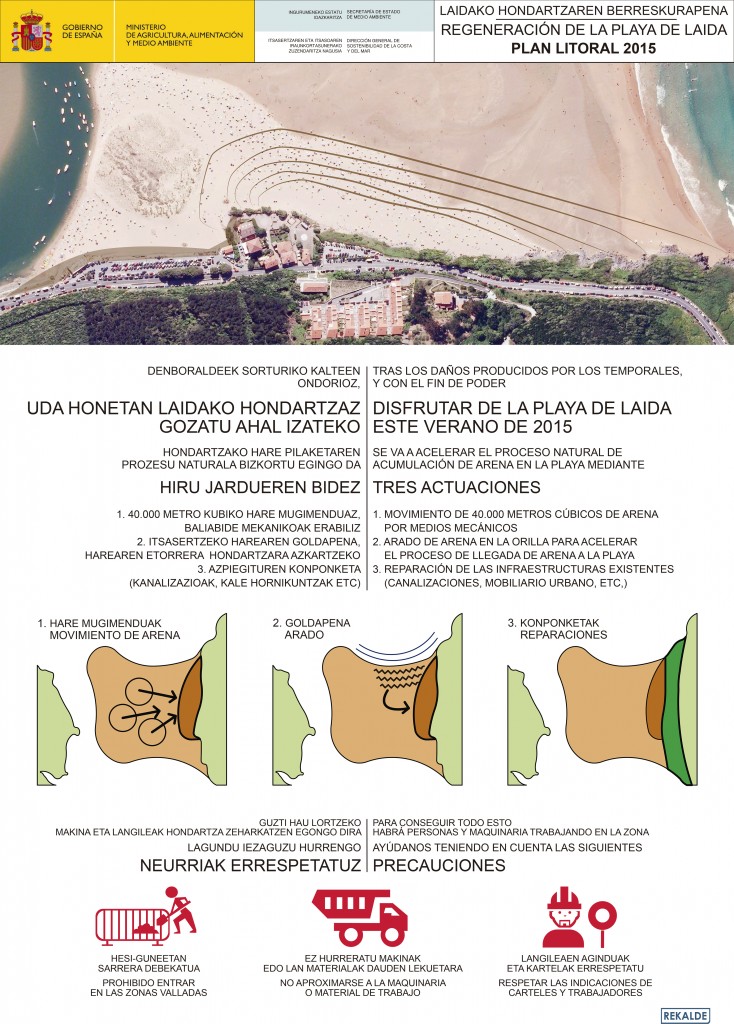
Sancho Rodriguez






